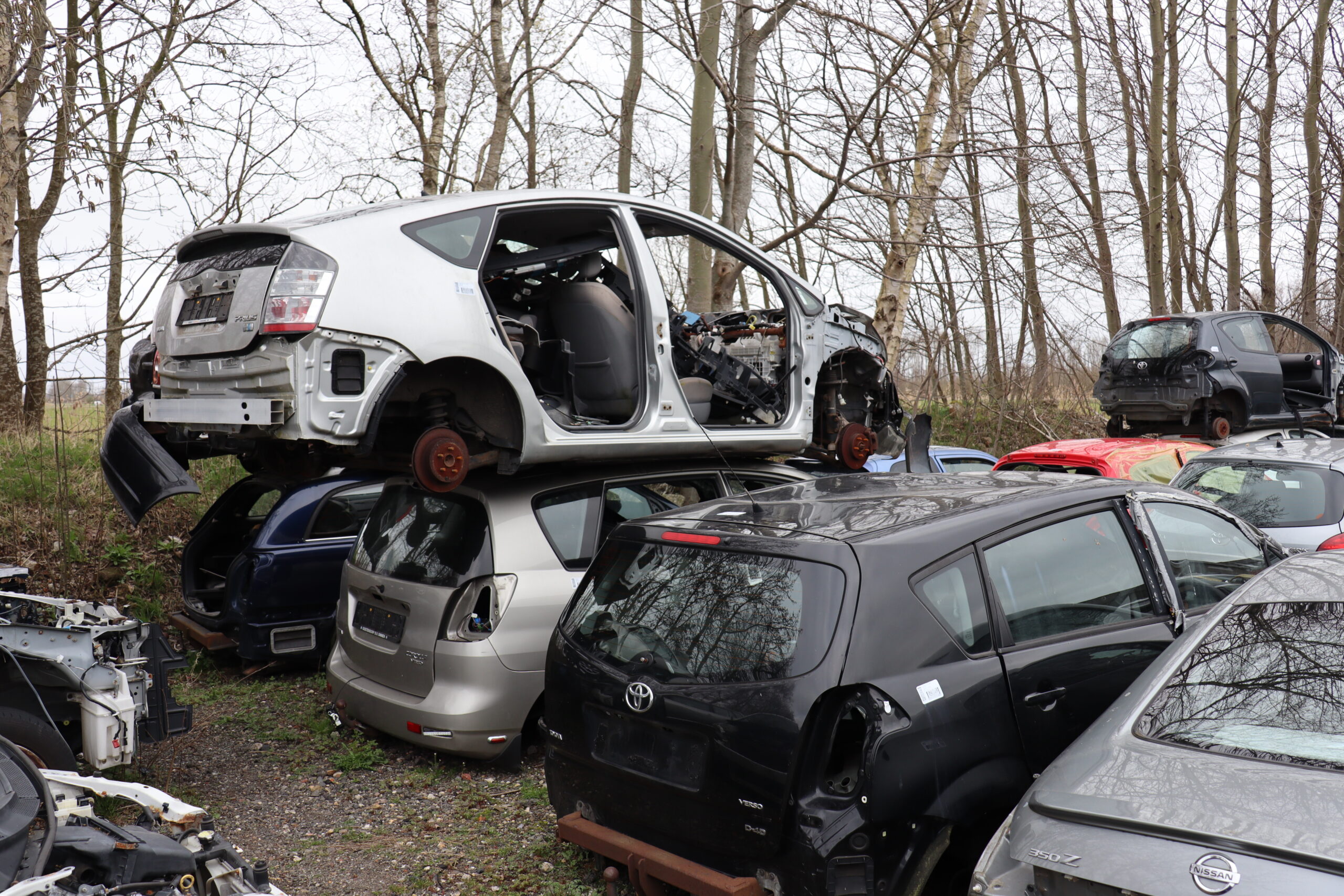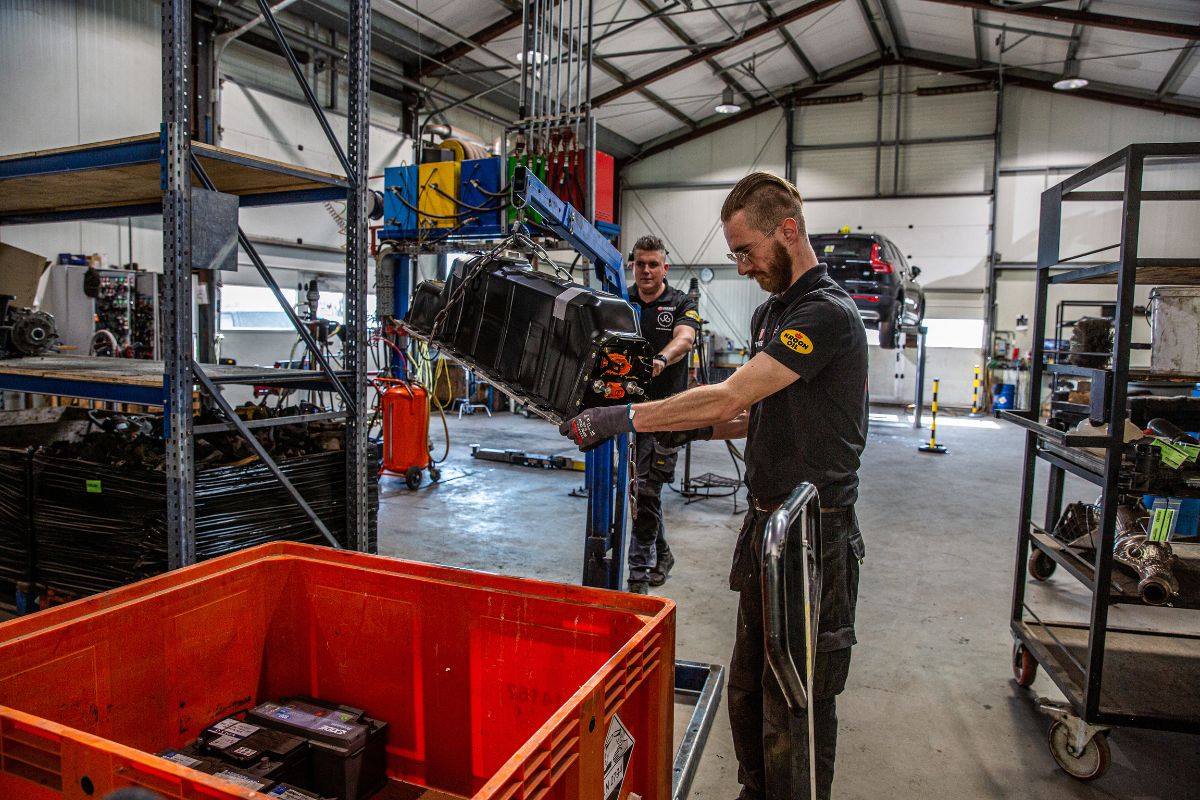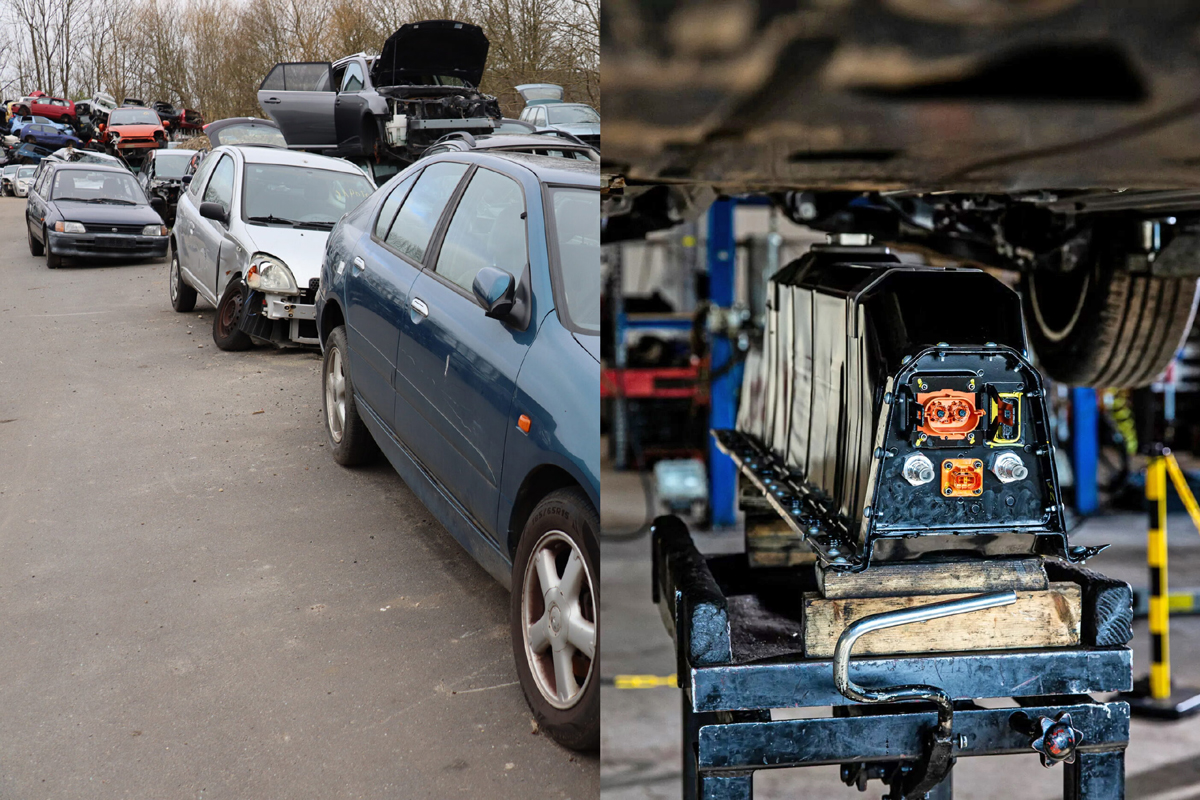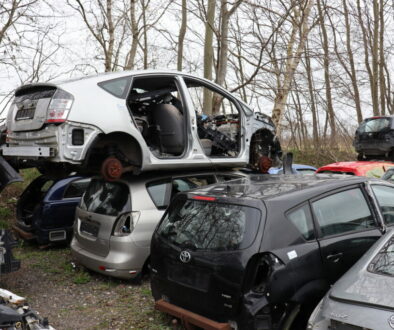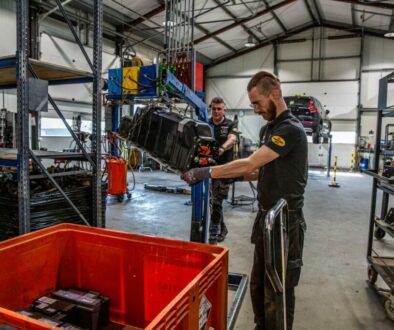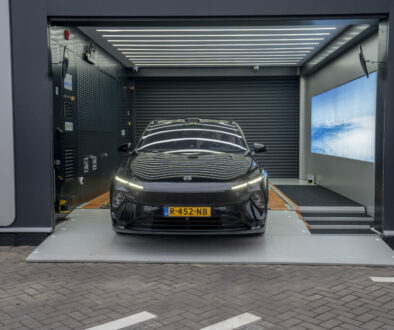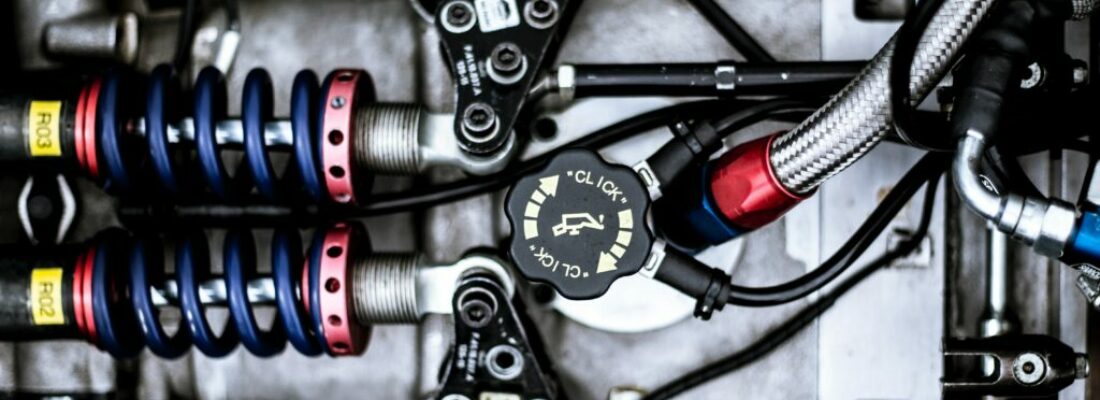
Plastic components constitute a large percentage of every car. And that percentage is increasing. Whereas the average ELV currently comprises 132 kilos of plastics, in cars on the road today (electrically powered or internal-combustion-engined) that average is 208 kilos. Cars have become heavier over the years and the percentage of plastics has increased too. A modest-sized combustion-engined car (with an average weight of 1,300 kilos) contains 16 per cent plastic, compared with 13 per cent for its electrically driven counterpart (with an average weight of 1,600 kilos).
The statistics quoted above are from the Joint Research Centre (JRC) of the European Commission. This is a research body tasked with scientifically substantiating the policy of European legislators and regulators. And with good reason too: the European Commission is currently defining concrete reuse percentages for plastics in cars. Going by the most ambitious of its plans, by 2030 a quarter (52 kilos) of the plastics in a new car must be sourced from recycling. And five years later that will have to increase to 30 per cent (62.4 kilos). At the moment, even the most progressive of car manufacturers only achieve 20 per cent, with most manufacturers achieving well below that (sometimes as low as just eight per cent).
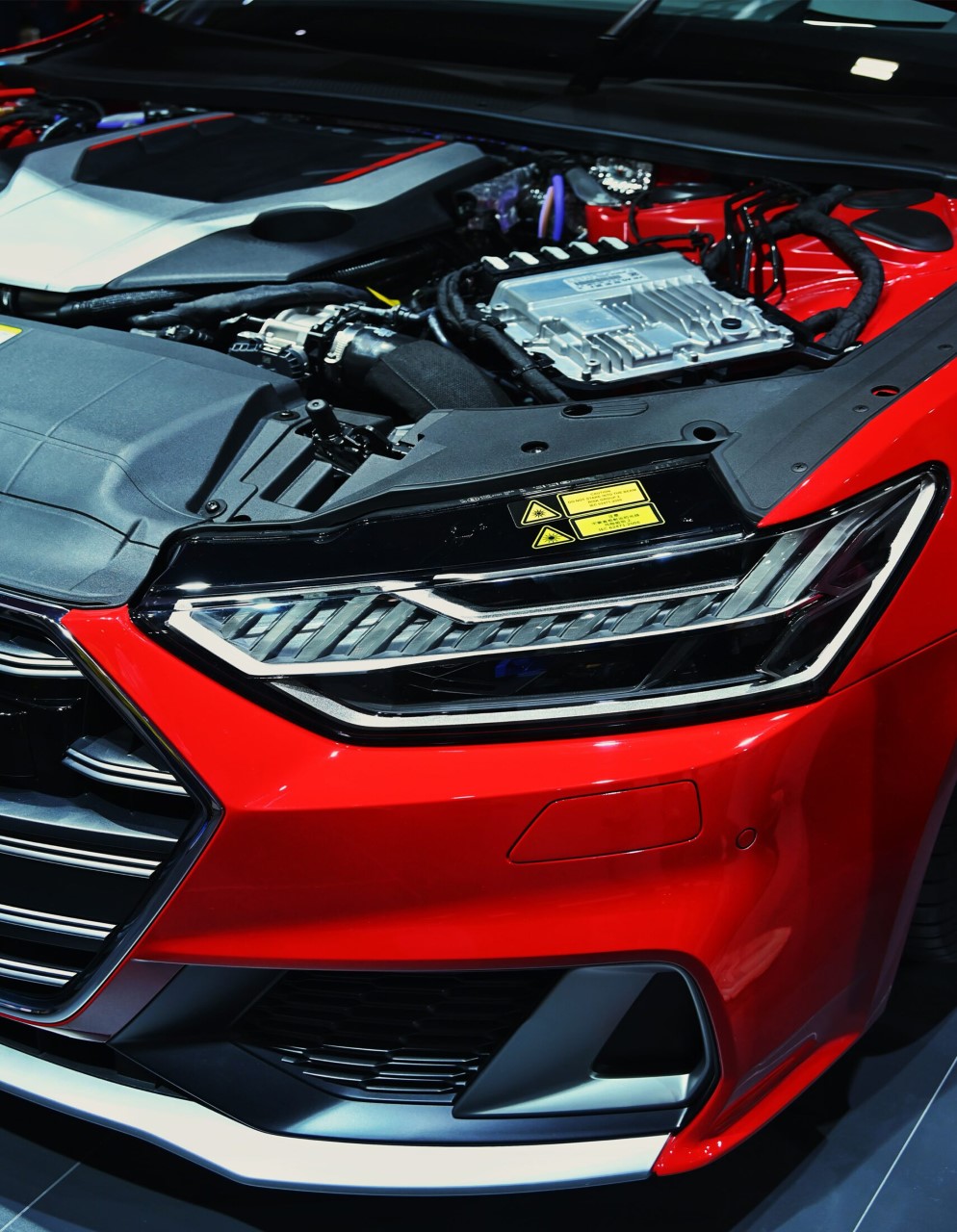
The right post-shredder technology
Therefore, before we can speak of a closed loop regarding the use of plastics in cars, we have to peer very far into the future. The JRC predicts that if we aim for the most challenging mid-term scenario (25 per cent by 2030 and 30 per cent by 2035), the processors of ELVs will have to scale up their production capacity. Otherwise, they will be unable to meet the increased demand for recycled automotive plastics. According to the JRC, less than 10 per cent of the car-shredding companies in Europe have the post-shredder technologies (PST) in-house needed to recover more plastics from ELVs. It estimates that the right technology could lead to the recovery of between 21 and 31 kilos more plastics per car.
According to the most ambitious plans, a quarter (52 kilograms) of the plastic in a new car by 2030 must be of recycled origin
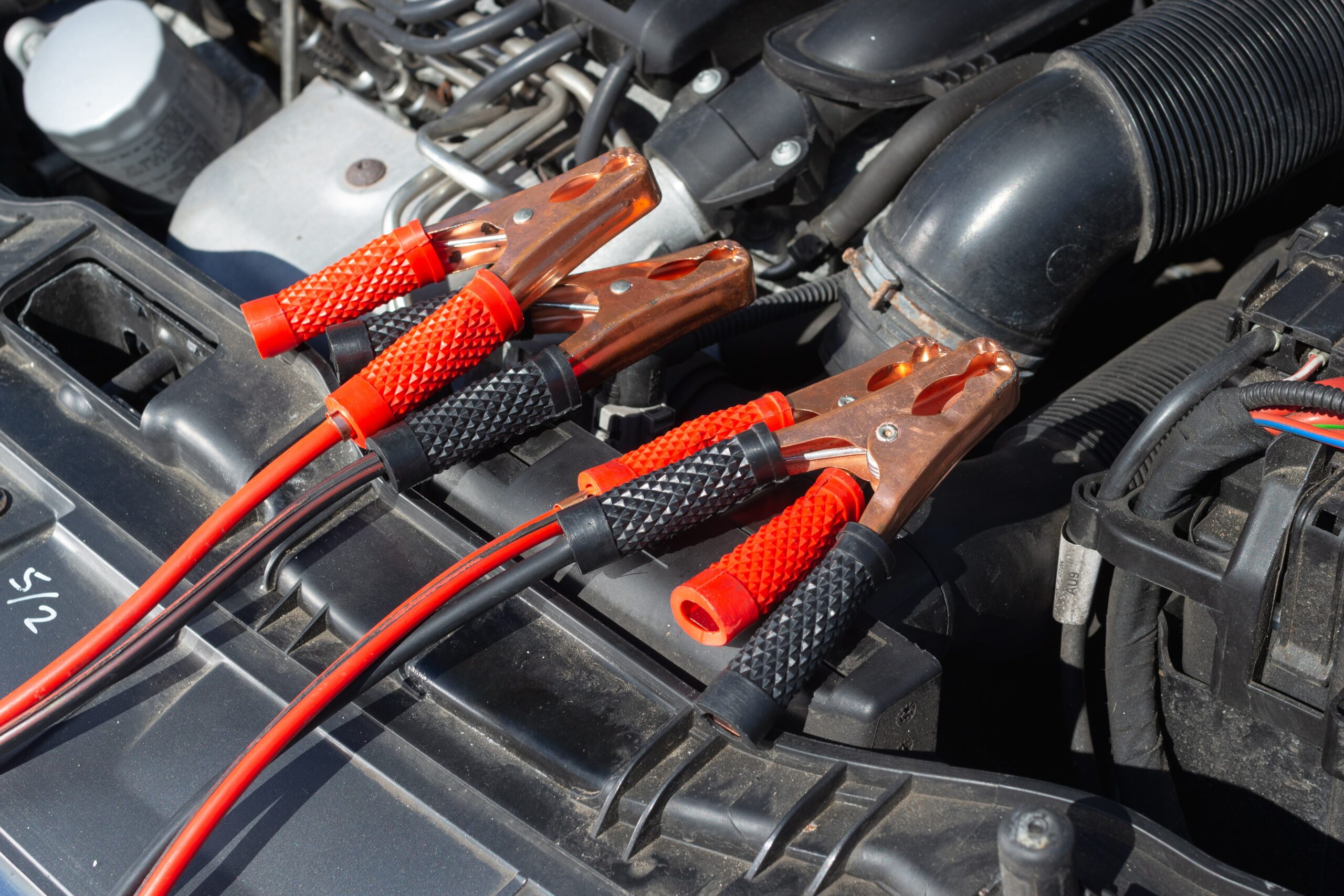
Molecular recycling
According to Eastman, a big US “materials innovator”, molecular recycling presents many opportunities. This is an innovative method of breaking down hard-to-recycle automotive plastics into molecular building blocks, from which “new” plastics can be produced. The great advantage of molecular recycling is that it’s a recycling process that can be applied and reapplied countless times. It would mean seeing plastic in today’s car parts reappearing in other cars for many years to come.
Two different types
Eastman is working on two types of molecular recycling innovations: Carbon Renewal Technology (CRT) and Polyester Renewal Technology (PRT). CRT can be used for a broad array of plastics (textile, carpet, automotive shredder residue), while PRT focuses on polyesters (mixed polyester waste such as bottles and fibres from textiles and carpet). CRT has the upper hand on PRT because it is suitable for more types of material flows. During the summer of last year, Eastman started up a major CRT pilot project in the US, collaborating with partners that include recycler PADNOS, United States Automotive Materials Partnership LLC (USAMP) and car manufacturers Stellantis, Ford and General Motors.
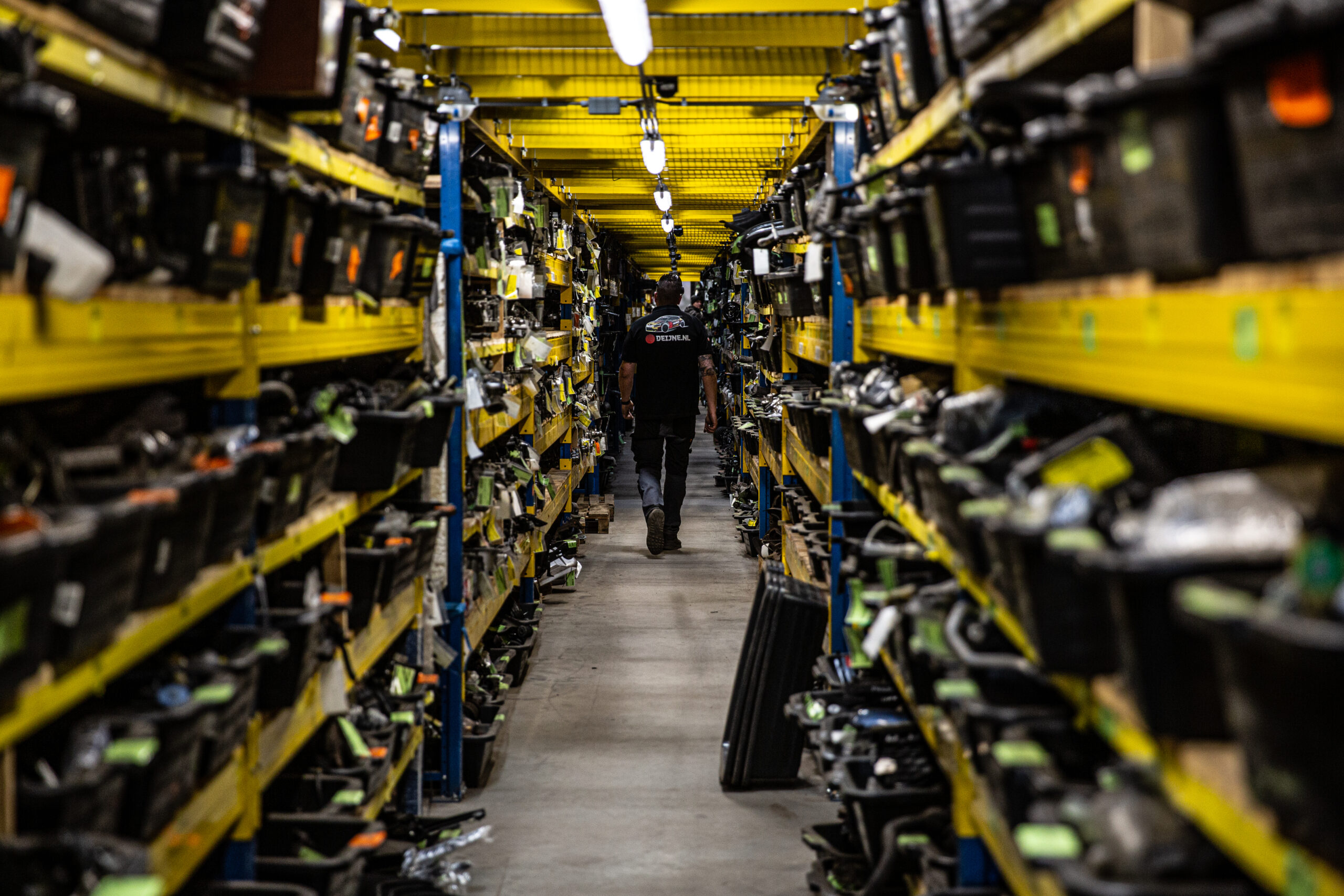
The great advantage of molecular recycling is that the recycling process can be repeated countless times
New building blocks
With Polyester Renewal Technology (PRT) – which is comparable to CRT, albeit slightly less versatile – automotive scrap is first fed into the shredder. Next, raw materials such as Automotive Shredder Residue (ASR) and fibres from the consumer market and industry are added. Molecular recycling then transforms the waste streams into new building blocks and a polymerisation process creates a new plastic resin to which fibres can be added. Using the appropriate moulds, Eastman then makes new car parts from this recovered material.
According to Eastman, its new technology is driving a dramatic reduction in greenhouse gases. A brand new recycling plant in Port-Jérôme-sur Seine, in France – a facility that will be able to recycle approximately 160,000 tonnes of hard-to-recycle plastics – will lead to 80 per cent less greenhouse gas emissions than traditional methods.
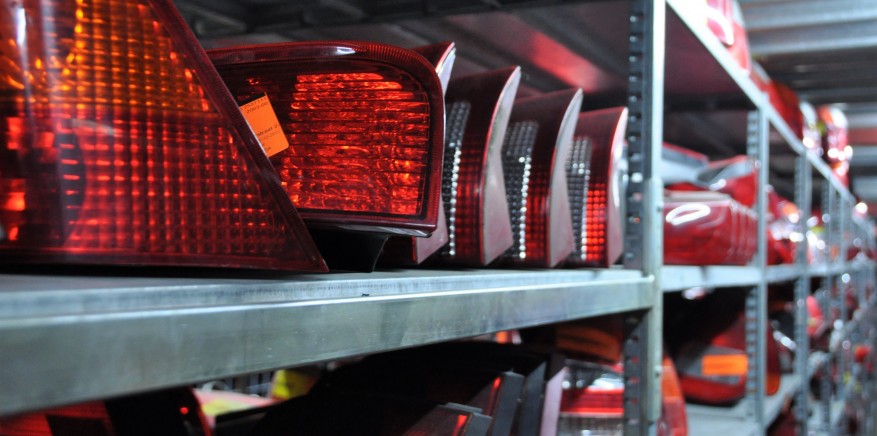
LIFE PlasPLUS
Ook dichter bij huis staat de innovatie niet stil. Veelbelovend is het LIFE PlasPLUS-project dat in 2019 in het Belgische Obourg is gestart. Tot en met 2023 doet een consortium dat wordt geleid door het eveneens Belgische Comet Traitements onderzoek hoe de automotive plastickringloop gesloten kan worden. Tot het consortium behoren onder meer autoproducent Stellantis en de Universiteit van Luik. Het doel is om tot een hoogwaardige schone stroom gerecycled thermoplastics te komen (ABS, PS en FPP) waarbij Zeer Zorgwekkende Stoffen (ZZS), zoals antimoon en bromide, worden teruggewonnen. Deze brandvertragers kunnen deels terug geleverd worden aan de industrie.
Plasticwijzer
ABS bestaat uit de stoffen acrylonitrile butdiene en styreen en is plastic dat heel stevig en hard is. Het is moeilijke buigzaam, tenzij er hitte aan te pas komt. ABS is een thermoplast dat onder meer in telefoons, televisies, bouwblokken en auto-onderdelen zit. Bij normaal gebruik is ABS-plastic veilig, al zitten er wel de nodige chemische stoffen in verwerkt.
WEEE staat voor Waste from Electrical and Electronic Equipment. WEEE-plastic is afkomstig uit de afvalstromen van (consumenten)elektronica.
Polystyreen (PS) vind je terug in verpakkingsmateriaal en wegwerpservies. Het is daarmee een van de meest voorkomende plastics.
Polypropyleen (PP) is het plastic dat onder meer in speelgoed, babyflesjes, broodtrommels, auto-onderdelen en jerrycans zit, maar ook mondkapjes en luiers worden van polypropyleen gemaakt.
Deel dit bericht op je kanalen
Newsletter
